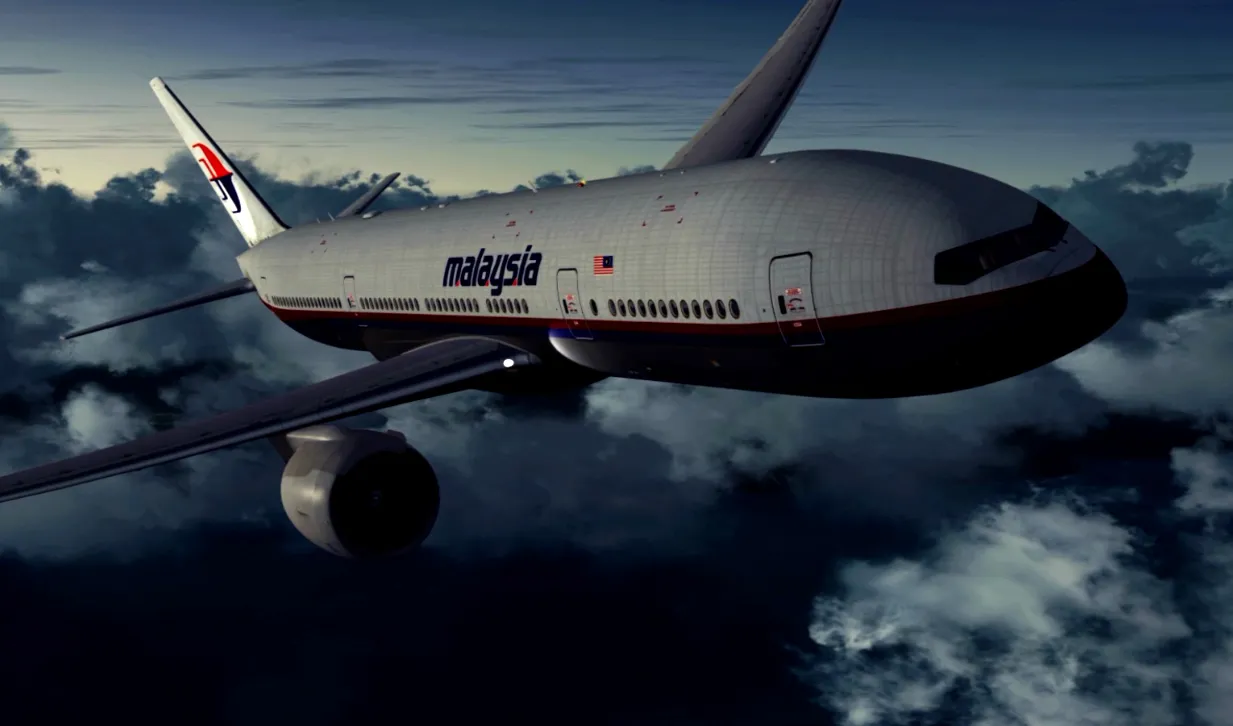
New tracking technology report for MH370 deserves support
May 09, 2021

A recent report on advanced tracking technology for flight MH370 highlights the potential for improved safety in aviation. This innovative approach seeks to enhance real-time tracking capabilities, allowing for better monitoring of aircraft in distress. The report emphasizes that investing in such technology could prevent future tragedies by providing crucial data that aids in search and rescue operations. Support for this initiative is essential, as it promises to not only honor the memory of those lost but also to ensure that similar incidents are less likely to occur in the future, ultimately enhancing passenger safety worldwide.
The mysterious disappearance of Malaysia Airlines Flight MH370 continues to intrigue and perplex both the public and experts alike. As new tracking technology emerges, a recent report emphasizing these advancements deserves significant attention and support. This report highlights the potential for innovative tracking solutions that could enhance aviation safety and aid in the recovery efforts for MH370. In this article, we will explore the findings of the report, its implications for future aviation safety, and the importance of backing these technological advancements.
The Need for Advanced Tracking Technology
Since the tragic incident of MH370 in March 2014, the aviation industry has recognized the critical need for improved tracking systems. Traditional radar and satellite systems have their limitations, particularly in remote areas where coverage is sparse. The report illustrates how new tracking technology, such as satellite-based tracking and real-time data transmission, can provide more comprehensive tracking capabilities. By utilizing these advancements, airlines can ensure that they remain connected with their aircraft at all times, enhancing safety and operational efficiency.
Key Findings of the New Tracking Technology Report
The report showcases several key findings that underscore the importance of adopting new tracking technologies:
- Increased Accuracy: New systems can provide real-time data on an aircraft's position, speed, and altitude, significantly improving the accuracy of tracking.
- Enhanced Communication: Modern tracking technologies facilitate better communication between aircraft and ground control, enabling rapid response in emergencies.
- Global Coverage: These technologies offer a more extensive global reach, ensuring that flights are monitored even in the most remote regions of the world.
- Data Analytics: Advanced data analytics tools can process the information collected by tracking systems, allowing for predictive maintenance and enhanced safety protocols.
The Role of Stakeholders in Supporting New Technologies
Support from various stakeholders is crucial in advancing the implementation of these new tracking technologies. Governments, aviation authorities, and industry players must collaborate to establish regulations and standards that promote the adoption of these systems. According to the report, public-private partnerships can play a vital role in funding research and development for innovative tracking solutions. Engaging with technology companies to explore new applications of tracking systems is also essential.
Potential Challenges and Solutions
While the report outlines the benefits of new tracking technology, it also addresses potential challenges that may arise during implementation:
- Cost Factors: Implementing new tracking systems may require significant investment. However, the long-term benefits in safety and operational efficiency can outweigh initial costs.
- Integration with Existing Systems: New technologies must be compatible with current aviation infrastructure. A phased approach to integration can help mitigate disruptions.
- Data Privacy Concerns: With increased data collection comes the need for stringent data protection measures to ensure passenger privacy.
By proactively addressing these challenges, stakeholders can pave the way for a smoother transition to advanced tracking technologies.
Chart of Tracking Technology Advancements
The following chart summarizes the key advancements in tracking technology as highlighted in the report:
| Technology | Key Features | Benefits |
|---|---|---|
| Satellite-based Tracking | Global coverage, real-time data | Improved safety and operational efficiency |
| Real-time Data Transmission | Continuous communication with ground control | Faster response in emergencies |
| Predictive Analytics | Analyzing data for maintenance and safety | Proactive risk management |
International Cooperation and Regulatory Framework
The international aviation community must come together to establish a robust regulatory framework that governs the use of new tracking technologies. Organizations such as the International Civil Aviation Organization (ICAO) play a crucial role in setting standards that ensure the safety and security of air travel. By fostering international cooperation, countries can share best practices and lessons learned from implementing these technologies, ultimately leading to enhanced global aviation safety.
Conclusion: A Call to Action
The new tracking technology report for MH370 presents a compelling case for the adoption of advanced tracking systems in the aviation industry. By supporting these initiatives, stakeholders can contribute to the ongoing efforts to enhance aviation safety and prevent incidents like MH370 from occurring in the future. It is essential for industry leaders, governments, and the public to rally behind this cause, ensuring that the lessons learned from the past lead to a safer and more secure future in air travel.
Related Articles

Explore Thailand: The Best Islands to Visit for Paradise, Adventure, and Relaxation

The Ultimate Guide to the Best Islands in Thailand for Your Next Getaway

Do babies need passports? How to get a passport for a newborn

How to get a U.S. passport fast: here’s how to expedite the process

What is Mobile Passport Control: 5 reasons why you should use it

SENTRI vs. Global Entry: A detailed guide

Do you need a passport to go to the Bahamas? Let’s find out

Do you need a passport to go to Mexico? A detailed guide

Do you need a passport to go to Canada? We got the answer

Do You Need a Passport for a Cruise: An Essential Travel Guide

Booster Seat Requirements: All the Rules to Follow in Your Rental Car

What Are the World’s Most Powerful Passports, and How Does Yours Rank?

How to Take a Passport Photo at Home: A Helpful Guide

You've got to have heart! Southwest's new livery

Your opinion: Should water be free on low cost carriers?

Young women bolder than guys as solo travellers
